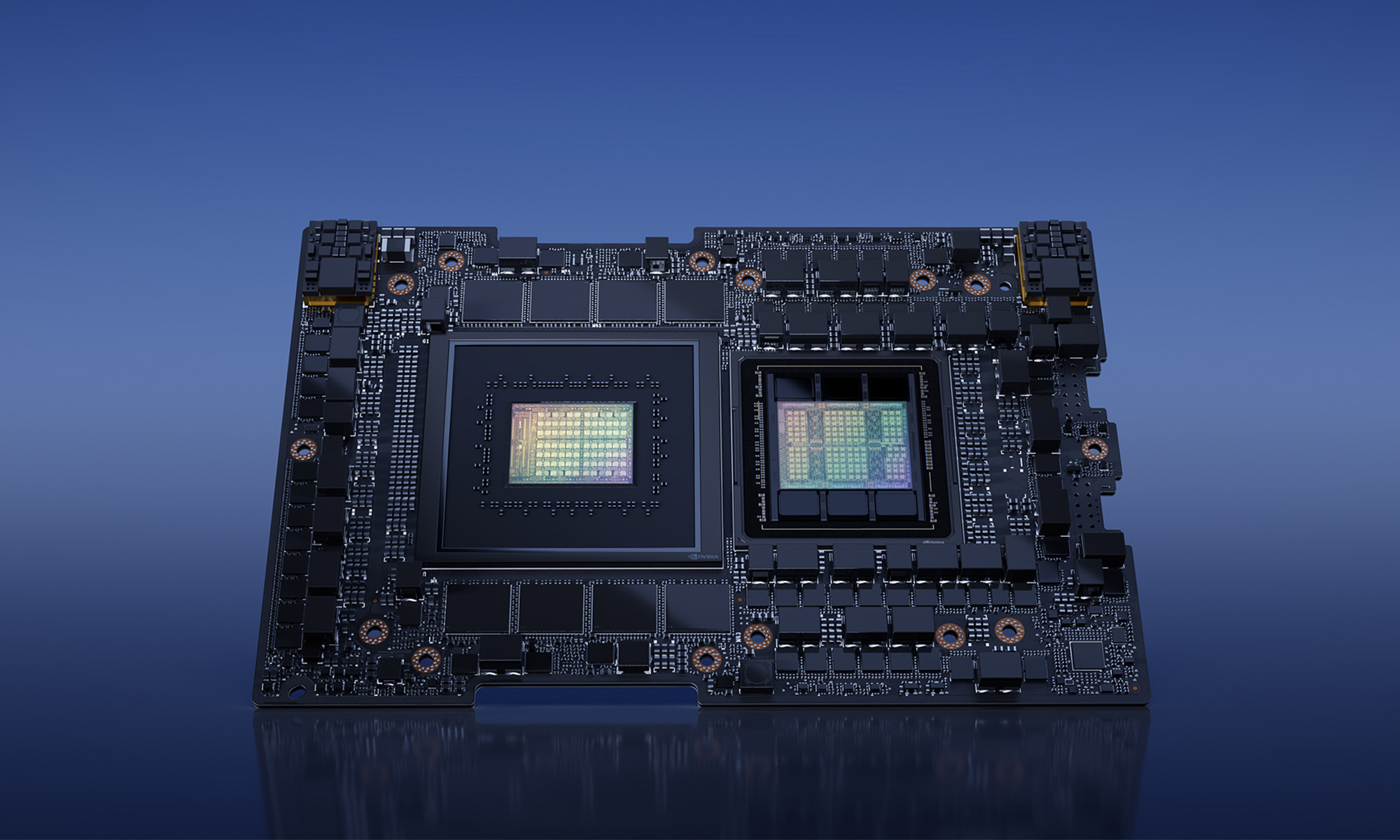News
NVIDIA Reveals Details Of Powerful DGX GH200 Supercomputer
The DGX GH200 architecture will enable hundreds of chips to act as a single GPU, and has been built with generative AI in mind.

NVIDIA has revealed details about the company’s next supercomputer, the DGX GH200, which has been built to help companies develop generative AI models.
The machine uses a new NVLink Switch System to enable 256 chips to perform as if they were a single GPU. NVIDIA claims the system offers nearly 500 times as much memory as you’d find in previous DGX A100 computers, quite probably making it the most powerful supercomputer on the planet.
Several key players are interested in the DGX GH200. Google Cloud, Meta, and Microsoft will be some of the first to put the system through its paces as they test its capacity for generative AI workloads.
Also Read: Dubai Launches AI System To Reduce Traffic Congestion
NVIDIA says the new machine will be available by the end of 2023, by which time they should have already developed Helios, an even more powerful version combining four DGX GH200 systems.
Meanwhile, on the gaming front, NVIDIA’s Avatar Cloud Engine (ACE) has been revealed, allowing developers to create custom AI models for speech, conversation, and animation. NVIDIA claims that ACE for Games will “give non-playable characters conversational skills so they can respond to questions with lifelike personalities that evolve”.
News
Google Releases Veo 2 AI Video Tool To MENA Users
The state-of-the-art video generation model is now available in Gemini, offering realistic AI-generated videos with better physics, motion, and detail.

Starting today, users of Gemini Advanced in the MENA region — and globally — can tap into Veo 2, Google’s next-generation video model.
Originally unveiled in 2024, Veo 2 has now been fully integrated into Gemini, supporting multiple languages including Arabic and English. The rollout now brings Google’s most advanced video AI directly into the hands of everyday users.
Veo 2 builds on the foundations of its predecessor with a more sophisticated understanding of the physical world. It’s designed to produce high-fidelity video content with cinematic detail, realistic motion, and greater visual consistency across a wide range of subjects and styles. Whether recreating natural landscapes, human interactions, or stylized environments, the model is capable of interpreting and translating written prompts into eight-second 720p videos that feel almost handcrafted.
Users can generate content directly through the Gemini platform — either via the web or mobile apps. The experience is pretty straightforward: users enter a text-based prompt, and Veo 2 returns a video in 16:9 landscape format, delivered as an MP4 file. These aren’t just generic clips — they can reflect creative, abstract, or highly specific scenarios, making the tool especially useful for content creators, marketers, or anyone experimenting with visual storytelling.
Also Read: Getting Started With Google Gemini: A Beginner’s Guide
To ensure transparency, each video is embedded with SynthID — a digital watermark developed by Google’s DeepMind. The watermark is invisible to the human eye but persists across editing, compression, and sharing. It identifies the video as AI-generated, addressing concerns around misinformation and media authenticity.
While Veo 2 is still in its early phases of public rollout, the technology is part of a broader push by Google to democratize advanced AI tools. With text-to-image, code generation, and now video creation integrated into Gemini, Google is positioning the platform as a full-spectrum creative assistant.
Access to Veo 2 starts today and will continue expanding in the coming weeks. Interested users can try it out at gemini.google.com or through the Gemini app on Android and iOS.























